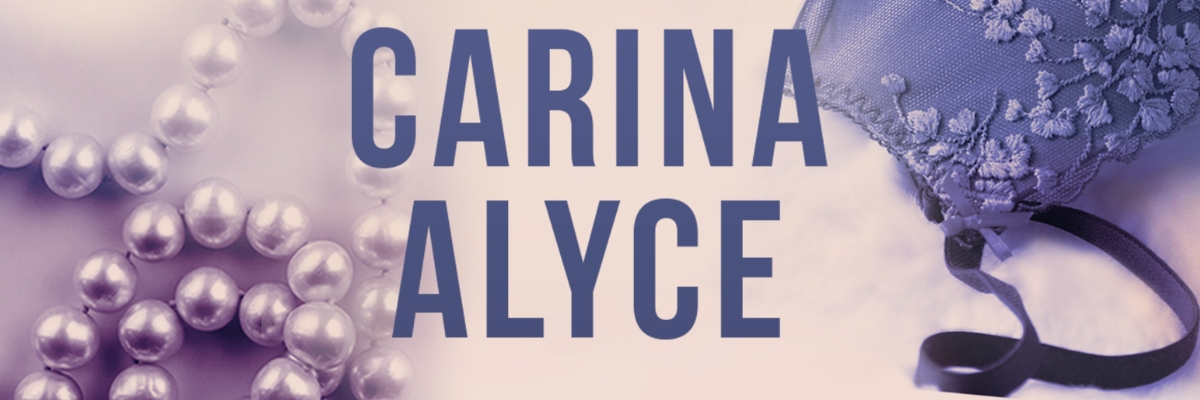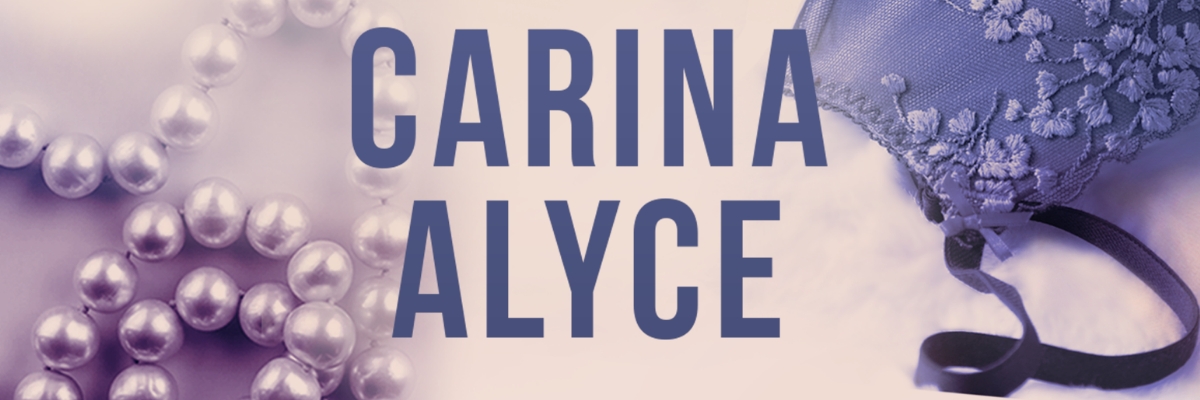The Simple Science Behind Social Distancing
The necessary evils of 'social Distancing'
What is social distancing and why do they want us to do it?
Basics of social distancing is staying at least six feet away from everyone around you to slow the spread of the virus. We don’t want you to meet in large groups. The virus isn’t more dangerous than a cold to a child or a healthy person under 60 or so. These people will probably do fine. It’s a BIG problem if you are elderly or have a chronic medical condition like emphysema, lung cancer, or a heart problem.
Why did you say ‘slow the spread’ instead of ‘stop the spread?’
Because it’s called cold and flu season for a reason. We are not good at stopping the spread of respiratory viruses, and COVID-19, which is a cold virus, is so widespread we can only slow it now.
Why not let it get everyone sick fast and burn itself out?
Because that will overwhelm the hospital system. Suppose the hospital has 5 ventilators and 60 very ill coronavirus patients arrive on the same day? Who picks which 5 people who get the ventilator? It would be better if those 60 people were spread over weeks. Fewer people will die.
Why does social distancing work?
Imagine in a typical school day, the child sees 60 other kids, 10 teachers, and then goes to a 15 person dance class, goes home to his family of 4 and then visits Grandma. That about 90 chances to bring coronavirus to Grandma.
In social distancing, the same child stays home and sees his family of 4 and doesn’t visit Grandma. It will take a lot more contacts for the virus to reach Grandma.
How long will we be shut in?
No one knows because it depends a lot on how fast the virus spreads and how overwhelmed the ICUs get. They hope it has the weather warms up cold and flu season typically decreases.
What is a quarantine and an incubation period?
The best medical information we have is that it appears symptoms or become infected with coronavirus within 14 days (incubation period) of meeting a sick person. Quarantine is typically used on someone who is ill or has been exposed to an illness. Italy is currently doing a combination of quarantine and social distancing because so many people have the virus that they assume everyone has the virus.
You’re supposed to stay at your house and not go visit anyone else because you could pass it on to another person. (Good thing those people are practicing so social distancing right?) Once your 14 days are over, you’re then free to leave your house and do whatever the current status of things are – possibly still social distancing.
Can I get quarantined twice?
Technically, yes. Right now if you have a known exposure they are doing 14-day quarantines so you could get exposed a second time and sent back into quarantine. However, by the time that happens, the virus is probably so widespread, we’re all going to be on some type of social isolation/quarantine.
So should I buy a mask?
I guess, within reason. Masks are not sterile. They do not protect you from getting sick. What they do is prevent you from sneezing/coughing the virus on other people. That’s why surgeons wear them to protect the patient. A strong sneeze or cough can propel the virus particles about 6 feet – . That’s why social distancing is 6 feet – even if you read on the internet that it can be up to 30, science says 6 feet. Here’s a good book on that.
What are masks for then?
Masks are really used to cover the faces of patients so that doctors and nurses and techs who are helping the patients do not constantly get sneezed and coughed on in this exposed. Everyone else can use a bandana. Masks look really cool or frightening on TV, but I almost never wear one. If my patient is sneezing and coughing, they are wearing one.
So no mask?
The only benefit of a mask is that it makes it a little bit harder for you to touch your eyes and face which is how most people bring the virus from hand to face.
Anything beyond social distancing and wearing a mask?
The real key is to wash your hands before and after you touch your face. Every single time. If you have hand sanitizer, it’s good in a pinch. You can sterilize your doorknob and your phone regularly, but you defeat the purpose the second you touch your face.
You can visit the CDC webpage here or keep track of the outbreak here.
That’s it for today. I guess I have free time to watch my favorite TV shows or write some more books.


